Harvard vs. White House: Indian American Students, the Unexpected Beneficiaries
What happens when foreign student enrollment is restricted? And more provocatively, who may stand to benefit?
 A view of the Business School campus of Harvard University in Cambridge, Massachusetts, U.S., April 15, 2025 / REUTERS/Faith Ninivaggi/File Photo
A view of the Business School campus of Harvard University in Cambridge, Massachusetts, U.S., April 15, 2025 / REUTERS/Faith Ninivaggi/File Photo
The tug-of-war between elite universities like Harvard and federal immigration policies came to a head with the proposed revocation of Harvard’s ability to host international students. While that policy led to legal challenges, it underscores a growing tension between academic freedom and immigration enforcement. As an academic myself, it is also an encroachment on Harvard’s longstanding autonomy.
For many Indian American families, who view education as a generational legacy and a ladder for social mobility, this raises a pressing question: What happens when foreign student enrollment is restricted? And more provocatively, who may stand to benefit?
Also read: Student movements must align with national interest says Indian educationist
Who Loses, Who Gains?
The most immediate and obvious losers are foreign students, many of whom invest significant financial, emotional, and intellectual capital to study at Harvard. In turn, Harvard—like other Ivy League institutions—relies on this international influx not only for tuition revenue but also for the intellectual diversity it brings. Losing this stream of global talent, even temporarily, disrupts both individual academic journeys and institutional planning.
But amid this disruption, one group may indirectly benefit: U.S.-based students of Indian origin.
Also read: Harvard punished for standing up to Trump Administration
The Indian American Advantage
This is not to celebrate the exclusion of international students, but to note a potential recalibration that may incidentally favor diaspora communities. Harvard may reallocate some of those coveted slots to domestic applicants, subtly shifting the ultra-competitive admissions landscape in favor of high-achieving Asian Americans, including Indian Americans.
Indian Americans are the most highly educated ethnic group in the U.S. According to Pew Research, more than 70 percent of Indian Americans aged 25 and older hold a bachelor’s degree or higher, compared to 33 percent of the general U.S. population. At elite high schools and STEM competitions, Indian American students are consistently top performers. Education is often treated as a multi-generational mission—families invest in tutors, extracurriculars, enrichment programs, and test prep not just as a path to college, but as a strong expression of aspiration.
I know this firsthand.
Though I didn’t attend Harvard, my daughter did. She earned a master’s in public administration from the Kennedy School, joining a cohort that included future diplomats, policy analysts, and public health leaders. She wasn’t an international student, but she was of Indian origin. The experience was transformative. She benefited not only from Harvard’s academic rigor but also from the global perspectives of her peers. Her Indian heritage—and the values she was raised with—prepared her to thrive in that environment.
That’s why this moment feels bittersweet.
What’s Lost: Cultural and Academic Richness
There’s another side to this coin. A reduced international presence at Harvard would mean diminished cultural exchange, fewer global viewpoints in classrooms, and a narrower learning environment. The Lakshmi Mittal and Family South Asia Institute at Harvard, which has played a pivotal role in Indo-U.S. academic collaboration, would also suffer. From fellowships to research partnerships in New Delhi, the ripple effects would be tangible.
America’s academic soft power—its unique ability to influence global talent through education—would weaken. And with it, a cornerstone of U.S.-India engagement built not on military strength or trade, but on mutual learning and shared innovation.
A Moment to Reflect
Whether or not Trump’s attempt to block international students ultimately succeeds, it forces a broader reckoning. How should America balance its immigration laws with its intellectual ambition and economic dividends? Can it remain a magnet for global talent while tightening borders and admissions policies?
Indian American students, with their unique cultural positioning and academic preparation, may be better poised than most. But the goal should not be to win at someone else’s loss—it should be to preserve an ecosystem that benefits all: diverse, ambitious, and globally engaged.
Final Thought
The clash between the Trump administration and Harvard is not just about international students—it is about American values. Ironically, undermining institutions like Harvard may spell the quiet undoing of "Making America Great Again." Why? Because elite universities have long been a fertile ground for grooming foreign talent behind innovation, research, the economic vitality of the United States, and global progress.
For Indian American families watching from the sidelines, it’s a reminder that staying engaged, informed, and invested in these debates is essential, not just for our children’s futures, but for the future of our adopted land of opportunity.
The best we can hope for is that Harvard continues its mission: educating, training, and empowering students and scholars from around the world to reach their fullest potential.
(The views and opinions expressed in this article are those of the author and do not necessarily reflect the official policy or position of New India Abroad)
ADVERTISEMENT
ADVERTISEMENT
E Paper
Video



 Vijendra Agarwal
Vijendra Agarwal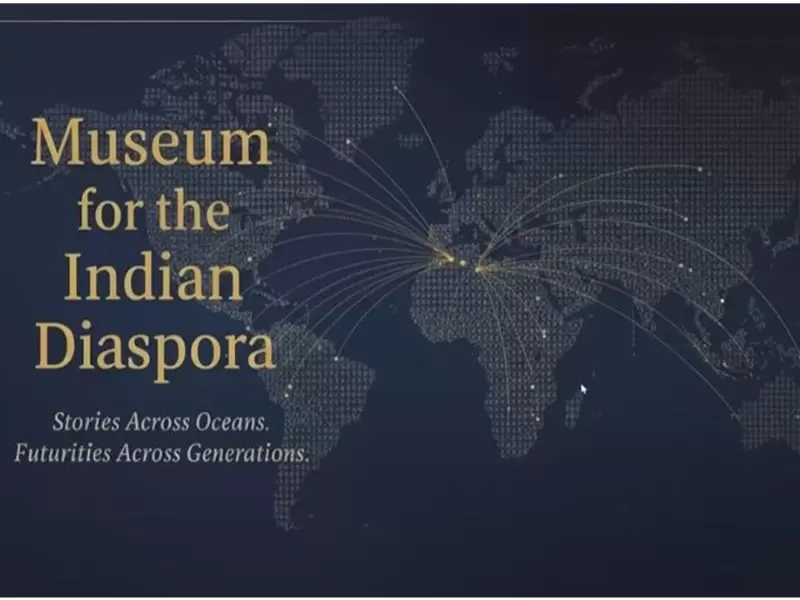

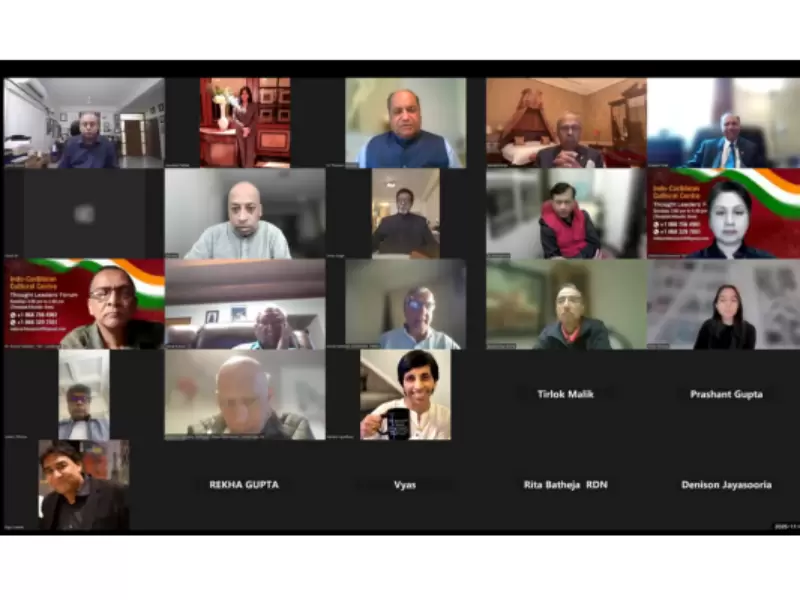

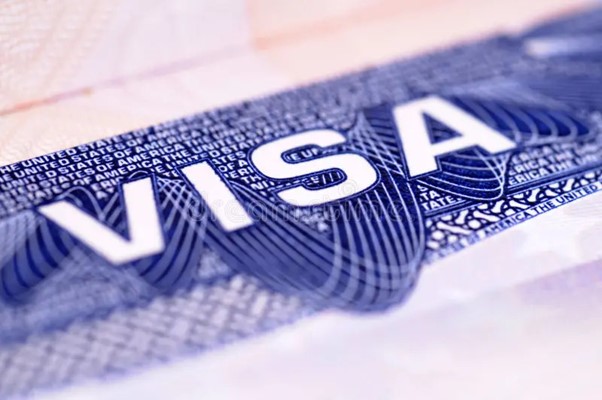





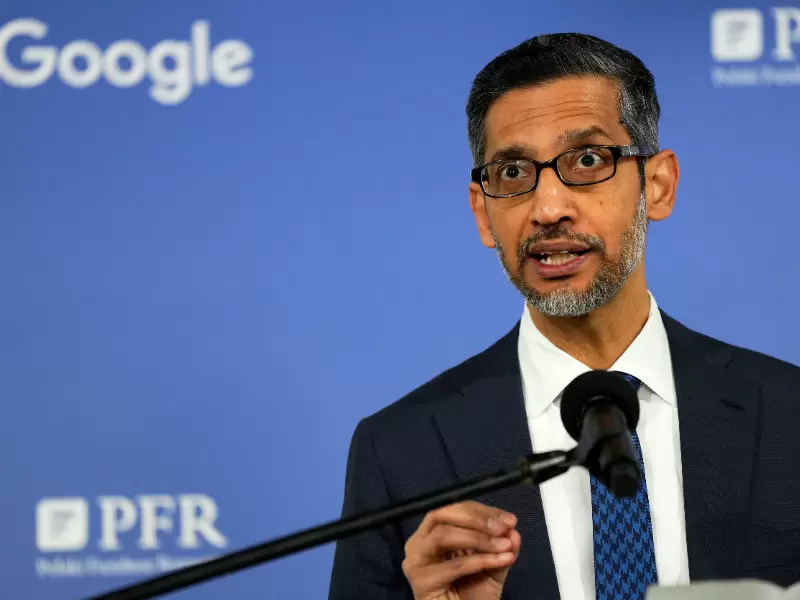
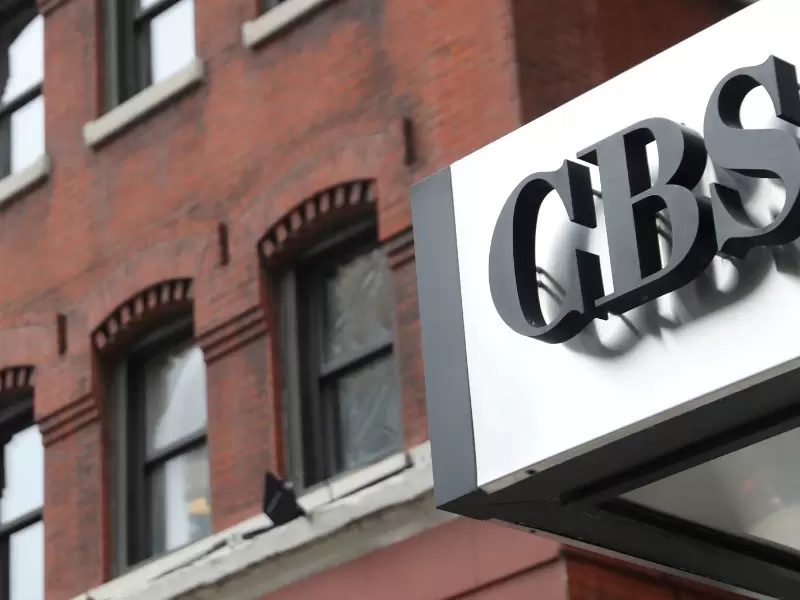

Comments
Start the conversation
Become a member of New India Abroad to start commenting.
Sign Up Now
Already have an account? Login